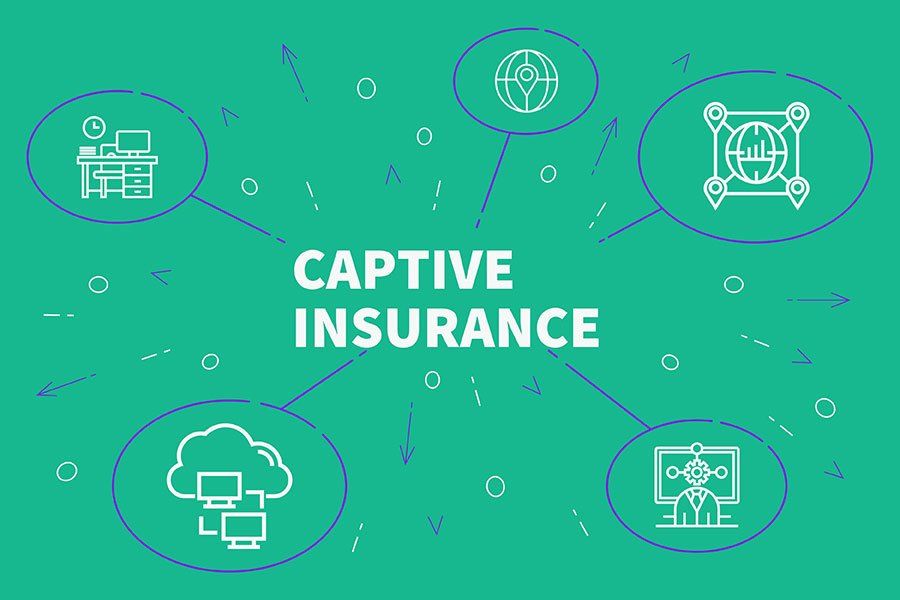Although getting
coverage of needed business insurance is an excellent option for risk
management, often big enterprises find themselves helpless due to coverage
limitations, fluctuating premiums, and rigid terms and conditions of
traditional insurance plans. To dodge these challenges, more and more corporate
businesses are turning to a great strategic alternative ‘captive insurance’
says Charles Spinelli. Captive insurance
is in essence, a kind of self-insurance in which the parent company forms a
subsidiary group for providing coverage of its own ( the parent company) risks.
Having captive insurance offers a variety of benefits to the parent company
while reinforcing its financial stability.
1. Enhanced Risk Management
One of the leading
advantages of forming captive insurance lies in its potential to offer
customized coverage based on the specific risks experienced by its parent company.
Unlike general insurance groups that are known for standardized insurance
policies, a captive enables a business to tailor their insurance plans aligning
to their individualized risk profiles. The ability of customization comes in
handy to get wide-ranging coverage of risks that otherwise could be excluded by
traditional insurers. In addition, captive offers enhanced control over
managing claims as well as the flexibility to adopt proactive strategies for
the mitigation of risks, thereby lessening overall risk exposure.
2. Cost Efficiency
The idea of having
captive insurance is a great way to gain cost efficiency. By setting a captive,
enterprises enjoy the potential to reduce their insurance costs down the line.
Captives are operating based on a cost-recovery approach, which means the
premiums it receives from the parent company are utilized towards covering its
claims as well as other administrative expenses. The surplus or remaining funds
lying with the captive are accounted as income from the investment of the
parent company. This financial option thereby helps in long-term cost savings
rather than paying premiums to traditional insurance companies.
3. Tax Advantages and Risk Transfer
Another captivating
advantage of captive insurance lies in its possibility for tax optimization.
The premiums paid by the parent company to the captive are likely to get tax
exemption as it is applicable as business expenses for risk management.
Moreover, captives often make it easier to transfer risks within like-minded establishments
across geographies or subsidiaries for centralized risk management. This
centralized method not only simplifies the administrative processes but also
heightens compliance with local regulatory requirements.
4. Greater Transparency
Additionally, captives
bring greater transparency alongside predictability in corporate financial
planning. Unlike traditional insurers, captives permit their parent companies
to evaluate their insurance risks and set aside financial reserves to manage
risk. This transparency is beneficial for better budgeting and planned
allocation of resources, enabling businesses to effectively manage financial
volatility says Charles Spinelli.
5. Better Sustainability and Competitive
Advantage
Apart from immediate
financial and risk management advantages, forming captives becomes instrumental
to gaining long-term sustainability and competitive advantage in the marketplace.
By having greater control over insurance options and operations, businesses can
quickly adapt to fast-changing market conditions and emerging risks. This
agility is vital, especially for businesses that are more vulnerable to faster
technological evolvement, regulatory changes, and economic and
geopolitical uncertainties. Aside from this, captives offer a better insight
into risk factors and equally undertake proactive steps for risk management
throughout the establishment.
Although captive
insurance offers a great alternative to traditional insurance models with its
many advantages, before establishing the subsidiarity careful consideration of
its operational complexities, regulatory requirements, and challenges
associated with it is important.




0 Comments